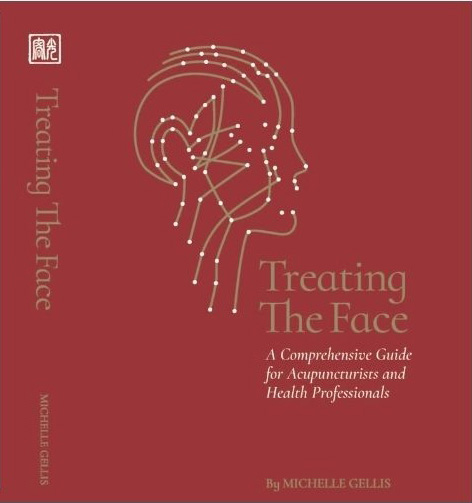By Michelle Gellis, L Ac, MAc, Dipl Ac
Ac, MAc, Dipl Ac
What’s the difference between a dead body and a living, vibrant human being? It’s the life force, the energy that flows through all of us. It is what animates us and enables us to move through our day.
This life force is known by many different names around the world. In China, it is called Qi (pronounced “chee”). In India, it is referred to as Prana; in Hebrew, Ruach; Polynesia, Mana; and in Japan, Ki. Everything that lives contains this life force including plants, animals, and people.
Qi helps to animate the body and protect it from illness, pain, and disease. A person’s health is influenced by the quality, quantity, and balance of their Qi. We acquire it from breathing, eating, and standing in sunlight. We deplete it by eating a nutrient-poor diet or by not getting enough exercise, rest, or fresh air.
Flow of Energy
Qi can be thought of as a current that runs through our bodies, keeping our systems in good working order. It is circulated through specific pathways, called meridians, which transport life-giving Qi to nourish and energize every cell, organ, gland, tissue, and muscle. There are 14 main meridian pathways throughout the body, and each is connected to specific organs and glands.
When Qi flows freely throughout the body, a person enjoys physical, mental, and emotional wellbeing. Qi, can become depleted or stuck from emotional imbalances, repression, or frequently expressing emotions like anger or even over-the-top joy. Other ways that Qi can become obstructed is through injury, physical abnormalities (such as growths) in the body, or lifestyle habits that restrict the flow of Qi (such as not getting enough movement and exercise). An obstruction of Qi anywhere in the body is like a dam, backing up the flow in one area and restricting it in another. This blockage can hinder the distribution of the nourishment that the body requires to function optimally.
The body’s energy also has a proper direction of flow. For example, did you ever get angry and feel Qi rising to your head (maybe you got warm or red in the face)? In this case, the stuck Qi built up and needed to be released. Too much Qi to the head can cause migraines, tension headaches, and high blood pressure. As another example, stomach Qi should move down; if it moves up instead, you can develop acid reflux.
Balance of Energy
The flow of Qi is optimal when a person’s energy is in balance. In Asian philosophy, balance is understood using the concept of Yin and Yang. Yin represents the cold, slow, and passive aspects of a person, while Yang represents hot, excited, or active aspects.
Yin and Yang are opposites and are therefore interconnected and interdependent. They can only exist in relation to one another. For example: stillness/movement, happiness/sadness, awake/asleep, darkness/light. Each aspect gives rise to the other, and the two constantly ebb and flow with one another.
According to Asian philosophy, wellness can only be achieved through balance in life. Disease is a symptom of an internal imbalance of Yin and Yang which, in turn, restricts the healthy flow of Qi.
Keep It Moving
There are many ways to keep our Qi moving and create balance in our lives. Eating a healthy diet, getting enough exercise, and balancing activity with relaxation are essential. Trying modalities like Acupuncture, Reiki (pronounced Ray Key), Tai Chi, Shiatsu, Ayurveda, and others can also help our body’s energy be more abundant and free-flowing.
Acupuncture, for example, is a system of balancing the body’s energy through the insertion of hair-thin needles into acupoints on the meridians. Tui na (pronounced Twee na) and shiatsu use massage to affect the acupuncture points. Tai Chi and Qigong use specific movements and exercises to strengthen the body’s Qi. Tui Na is a form of acupuncture that uses either very thin or no needles to affect the energy through the acupoints.
These modalities have been used for centuries, some dating back more than 5,000 years, as a system of preventative wellness and longevity. A practitioner of energy medicine may be able to detect and resolve disruptions in the flow of Qi before you have symptoms. Systems like Acupuncture and Reiki are practiced by masters in their field who are skilled at building, moving, and releasing the body’s energy. Other practices, like Tai Chi and Qigong, once learned can be done at home or in groups to keep the flow of energy moving in the body.
If you’d like to feel healthy and energized in mind, body, and spirit, work to create balance in your life and explore ways to improve your flow of Qi. After all, who couldn’t use a little more energy?

